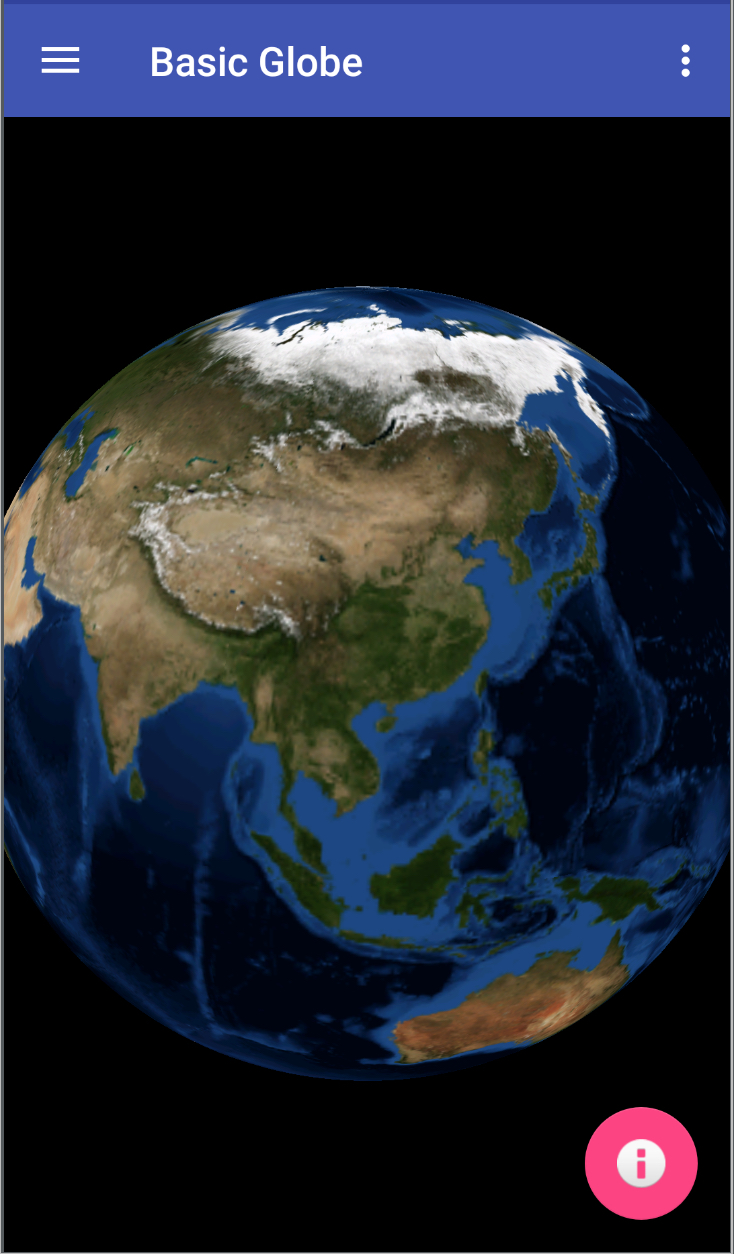
It monitors mouse events and user gestures and translates them to pan, zoom or tilt operations on the globe. The Navigator is responsible for converting user actions to manipulations of the globe. Var globe2d = new WorldWind.Globe(new WorldWind.ElevationModel(), new WorldWind.ProjectionMercator()) Most Web WorldWind examples replace the globe with a 2D, flat globe when the user selects a 2D projection. The application may replace this globe with another. See the API documentation for Globe to learn more.Įach WorldWindow has one Globe, created automatically when the WorldWindow is created. The exception is when the application desires to know terrain elevations, such as when performing line-of-sight calculations, or when it needs to convert between geographic and Cartesian coordinates. Aside from selecting these projections, the application does not typically interact with the globe. It also handles implementation of the various 2D projections that can be utilized instead of the 3D globe. The Globe is responsible for representing the WGS84 ellipsoid and its terrain. PlacemarkAttributes.imageSource = " placemark.attributes = placemarkAttributes PlacemarkAttributes = new WorldWind.PlacemarkAttributes(null) Create the placemark attributes for this placemark. Placemark = new WorldWind.Placemark(new WorldWind.Position(latitude, longitude, altitude)) WorldWindow manages the display of the globe and its layers using WebGL, in conjunction with an interactive view that defines the user’s view of the planet. In typical usage, applications create a WorldWindow then configure the globe and layers for their data. WorldWindow associates an HTML5 canvas with a WorldWind Globe, Layers, and Navigator. See the WorldWindow API documentation for its interface details. In addition to acting as a container for the Globe and other objects, the WorldWindow provides picking and scene control.

Each operates independently of the others on its own canvas. A web page may contain more than one WorldWindow object.

It’s passed to WorldWind during construction of a WorldWindow object. The canvas is created by the app, typically within a element in an HTML page. The WorldWindow object encapsulates Web WorldWind’s functionality around an HTML canvas. The primary WorldWind component is called WorldWindow. Objects implementing a particular interface may be used wherever that interface is called for. Items in grey represent work WorldWind performs behind the scenes to retrieve data from the network and draw what the user sees.Īll the objects above can be those provided by WorldWind or those created by application developers. This figure illustrates Web WorldWind’s architecture. Extensibility is a fundamental objective of WorldWind. Concrete classes can also be replaced or extended. The API is defined primarily by interfaces, so components can be selectively replaced by alternative components. WorldWind provides a collection of components that interactively display 3D geographic information within a browser.

Other components provide textual or graphic information or provide a user interface. As a component, it comprises one aspect of a web application or web page. It provides an interactive, 3D geographic context for information. Web WorldWind is a virtual globe that you embed in web pages.
#Nasa world wind virtual globe how to
NASA WorldWind Workshop Learn how to build web apps with NASA's 3D virtual globe technology. NASA WorldWind Workshop | Learn how to build web apps with NASA’s 3D virtual globe technology.


 0 kommentar(er)
0 kommentar(er)
